Dr. Eamon Doyle on Virgin Media News – 04/01/2024 An extraordinary new species of fossil sponge has been discovered in the rocks that make up the Cliffs of Moher by Dr. …

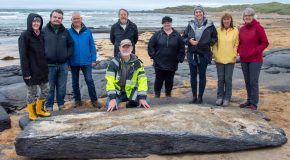
It’s that time of year again. Heritage Week 2022 is just around the corner and we are excited to be hosting a number of bespoke events for you all to …
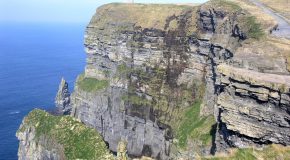
As the tourist season is in full swing, one of the most popular visitor locations will be the Cliffs of Moher. All visitors will experience a variety of feelings and …
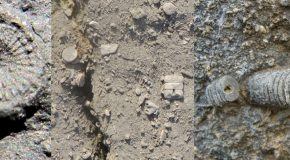
The limestone of the Burren is packed with fossils. It is reasonable to say it is made of fossils. A lot of the time we don’t see them because the …
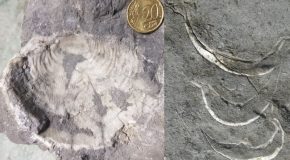
Large brachiopods are quite common in the limestone of the Burren. They can be seen in walls and loose rocks and in the rock of the limestone pavement that we …
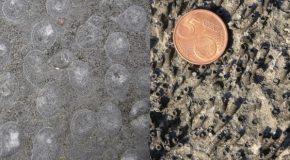
Fossil corals are quite common in the limestone of the Burren. They can be easily seen around the Flaggy Shore and the walking trails at Mullaghmore in the Burren National …
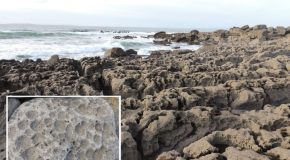
Our coastal cliffs form a line of defence against a constant marine onslaught. From Black Head to Doolin the Burren limestone meets the sea and from Doolin and the Cliffs …
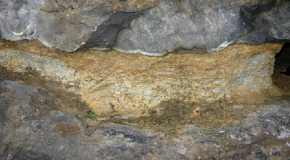
When we talk about Climate Change what we are really talking about is Anthropogenic Climate Change, that is, the effect human activities are having on global climate. The increased levels …
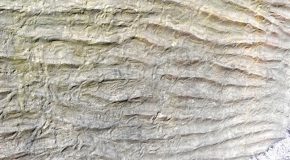
There are three main rock types; Igneous rocks which are formed from molten magma from the Earth’s interior that has cooled, Sedimentary rocks which are formed from particles (sediments); bits …